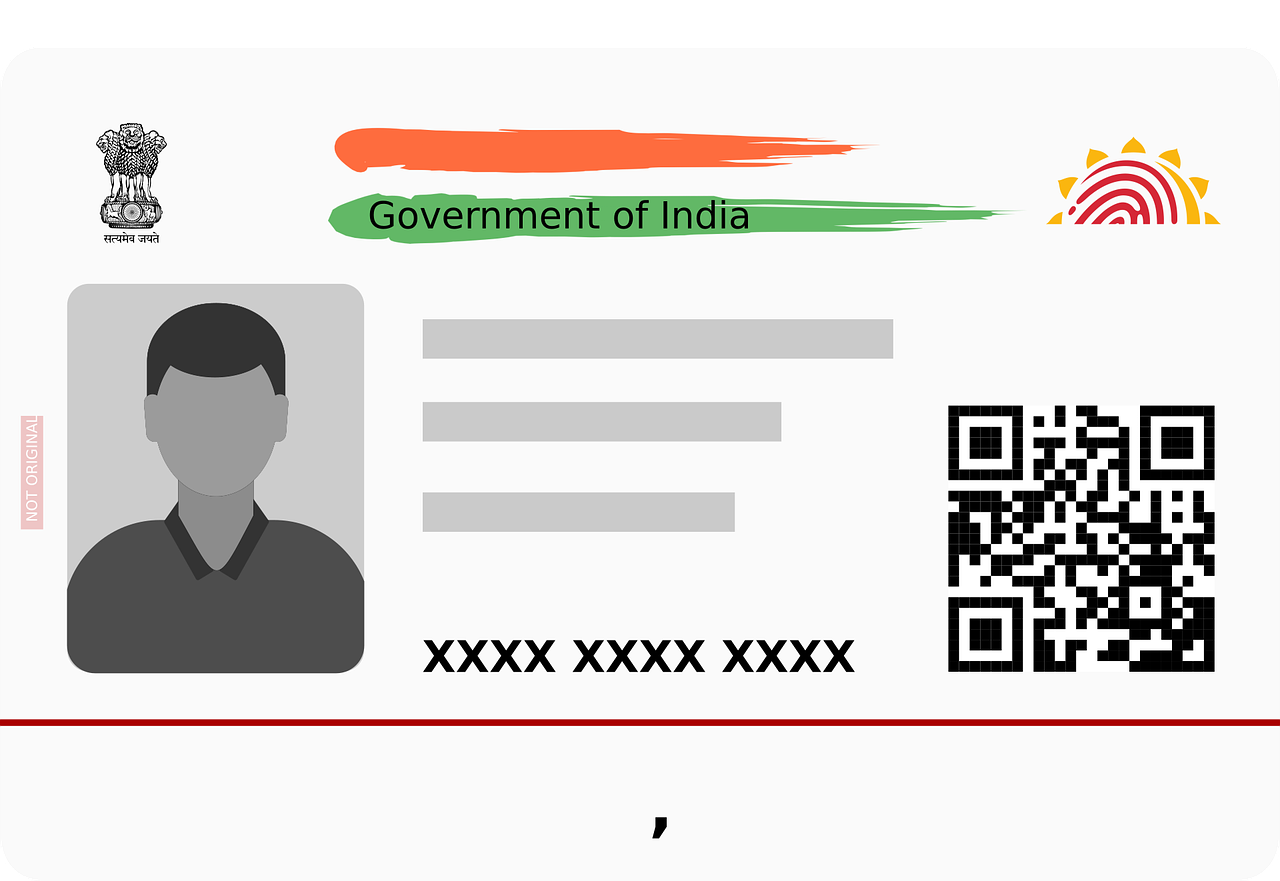Supreme Court Holds Aadhar is not proof of date of birth

Introduction
While deciding a recent appeal presented before a 2 – judge bench of the Hon’ble Supreme Court of India, Justice Sanjay Karol and Ujjal Bhuyan have held that an Aadhar Card can only be used to determine identity and establish it while it cannot be used to per se establish a date of birth. Additionally, the court also referred to numerous judgments of Hon’ble High Courts across jurisdictions regarding the proposition of using Aadhar card as a means to determine the age and clarified that there has been no expression upon the merits of those particular cases.
Table of Contents
Brief Background of the Case
The present case came before the Hon’ble Supreme Court in form of an appeal wherein various applicants were aggrieved by the orders of the Punjab and Haryana High Court which reduced their compensation awarded to them by the Motor Accidents Claim Tribunal (MACT) which based its decision upon the date of birth as mentioned in the deceased’s Aadhar Card and determined the applicable multiplier thereafter.
The Appellant’s husband along with one another person had met with an accident in 2015 wherein the husband had passed away due to his injuries and subsequently an application for compensation was filed under the Motor Accident Claims Tribunal which passed an award for Rs. 19,35,400/- along with 7.5% interest from the date of filing of the claim petition. Additionally, since the children of the deceased were minor, the respondent was directed by the MACT to also deposit their share of Rs. 6 lakh each as a fixed deposit till the age of majority or a period of five years whichever comes earlier.
The respondent had filed an appeal against that order where the Hon’ble High Court had reduced the amount of compensation awarded by MACT and further observed that in reference to the age of the deceased at the time of his death, the Aadhar card recorded the age to be 47 years which attracted a multiplier of 17.
Aggrieved by the views held by the Hon’ble High Court’s decision, the appellant approached the Hon’ble Supreme Court wherein it was contended on their behalf that the multiplier of 14 would be applicable since the in the School Leaving Certificate mentioned the date of birth at time of accident as 45 years. Following this ambiguity, the case was further referred to Lok Adaalat wherein it could not be resolved.
Court’s Analysis and Verdict
Before proceeding towards its own ratio, the court noted the following issues:
- In event that there is a conflict between two different documents providing two contradicting dates of birth, which one should be taken as authoritative and binding?
- As per the facts of the given case, whether the High Court’s reduction of compensation awarded by the MACT is justified and in accordance with the laid down law?
While dealing with the above issues, the court referred to Section94(2) of the Juvenile Justice (Care and Protection of Children) Act 2015 where the noted that the School Leaving Certificate has been accorded a statutory recognition by the legislature for determination of age. Moreover, while relying upon the landmark judgment of K.S Puttaswamy V. Union of India, the court noted that the purpose behind the introduction of Aadhar Scheme was to serve as a proof of identity which is unique in nature and cannot be common to two or more individuals leaving no room for duplication. Additionally, the primary target for Aadhar was to ensure correct identification for targeted beneficiaries for services such as subsidies, benefits, grants and wages along with other social benefit welfare schemes which are funded from consolidated fund of India.
The Court further contended that the issue of Aadhar being sufficient proof of age of an individual had come up before consideration before numerous High Courts, there has been no consensus on non-usage of Aadhar card as date of birth. The court has also clarified that there have been no remarks upon the merits of the judgments referred by the High Courts.
Taking judicial notice of the present scenario along with cognisance by UIDAI and Ministry of Electronics and Information Technology, the court also found that it has already been clarified that it is not a proof of date of birth or age but merely serves as a proof of identity. In reference to the reduction of compensation as awarded by the Hon’ble High Court, the court also found that there is no reason to reduce the rate of interest along with compensation but it is duty of court to ensure that the award made to the relatives or family of the deceased must be just fair and reasonable.
Conclusion
The issue of Aadhar has been already highlighted in the present day legal system wherein there are significant privacy concerns that have been answered by the previous judgments of the Supreme Court. In the present day where there are various options to modify or delete the details available in Aadhar, the lack of transparency in the functioning of Aadhar raises significant challenges in its reliance by the courts.
The ruling of the Hon’ble Supreme Court in the present case by explicitly stating that Aadhar cannot be used as a proof of birth would also act as a landmark precedent for various subordinate courts and would also lead to reliance upon the various other documents such as the School Leaving Certificate (SLC) in order to reach at a just and reasonable conclusion in the case which cannot be rebutted or fabricated by the parties in order to misguide the court or obtain a fraudulent judgment in their own interests.
King Stubb & Kasiva,
Advocates & Attorneys
New Delhi | Mumbai | Bangalore | Chennai | Hyderabad | Mangalore | Pune | Kochi
Tel: +91 11 41032969 | Email: info@ksandk.com
By entering the email address you agree to our Privacy Policy.